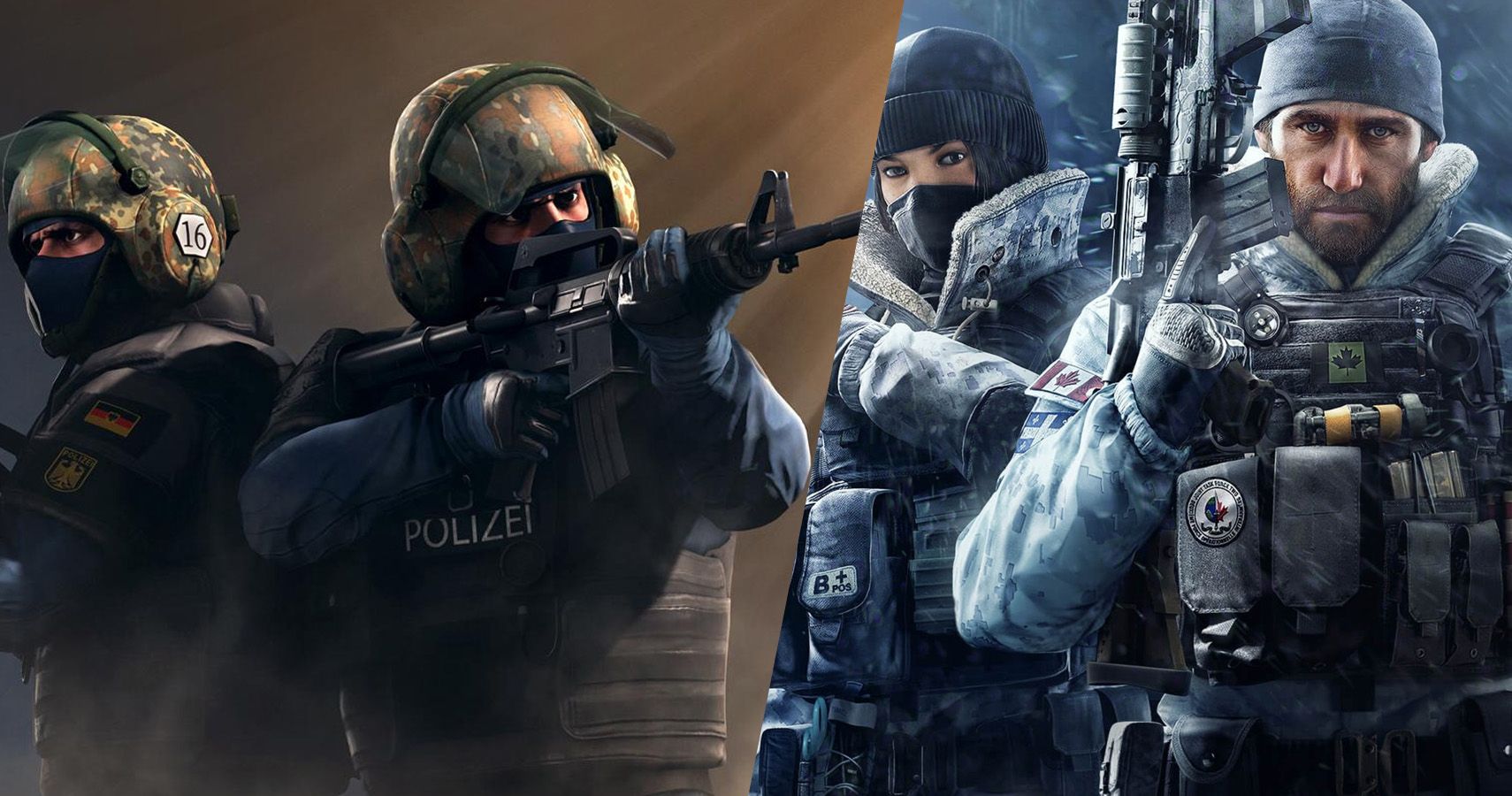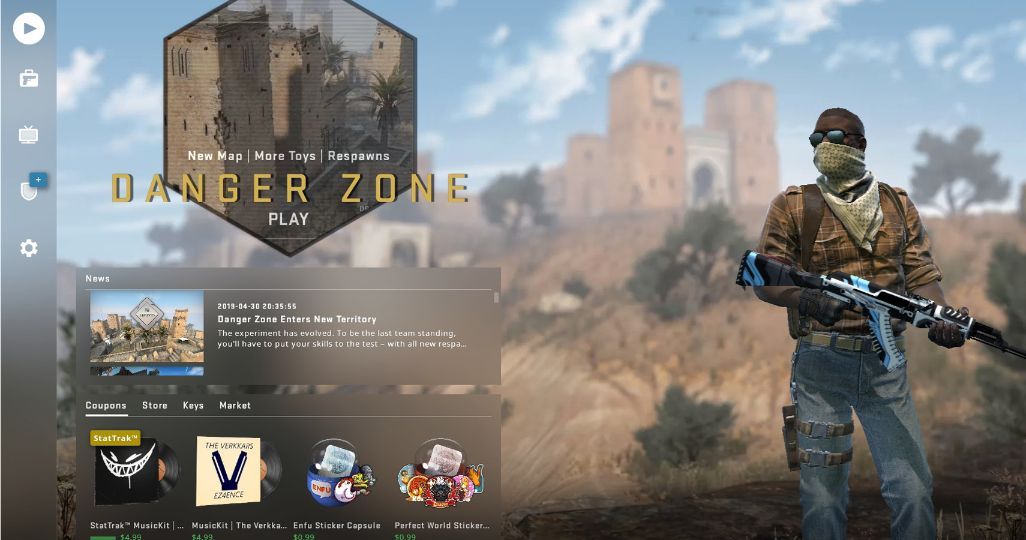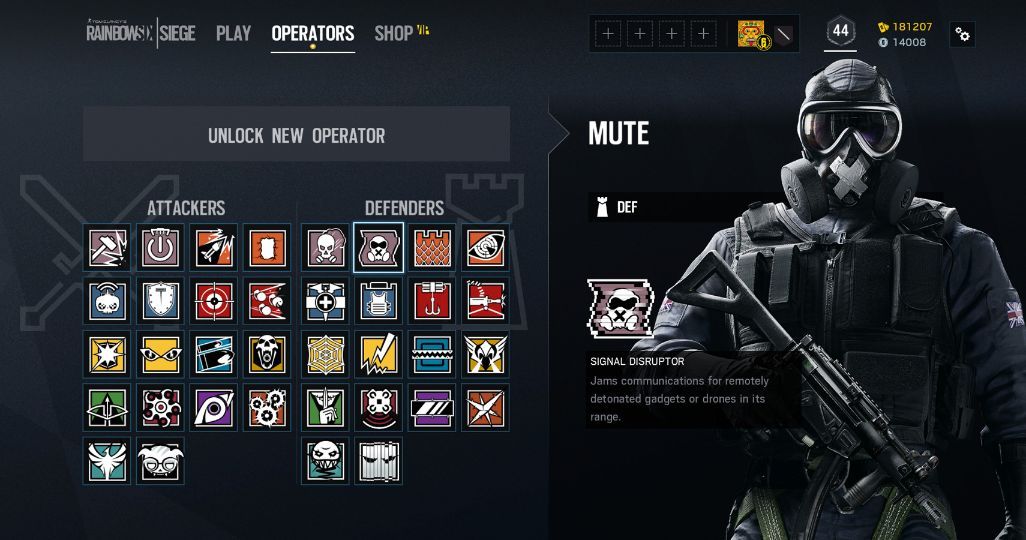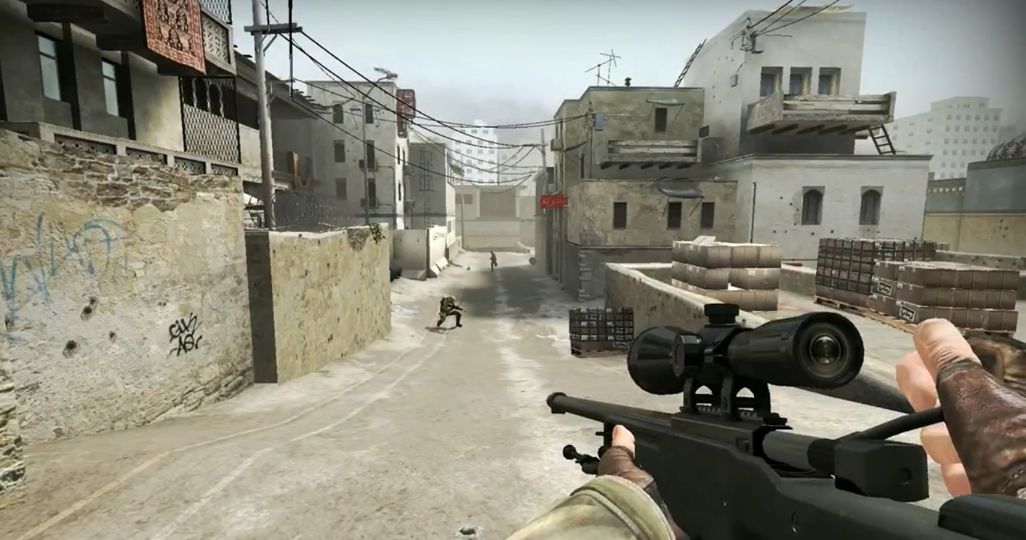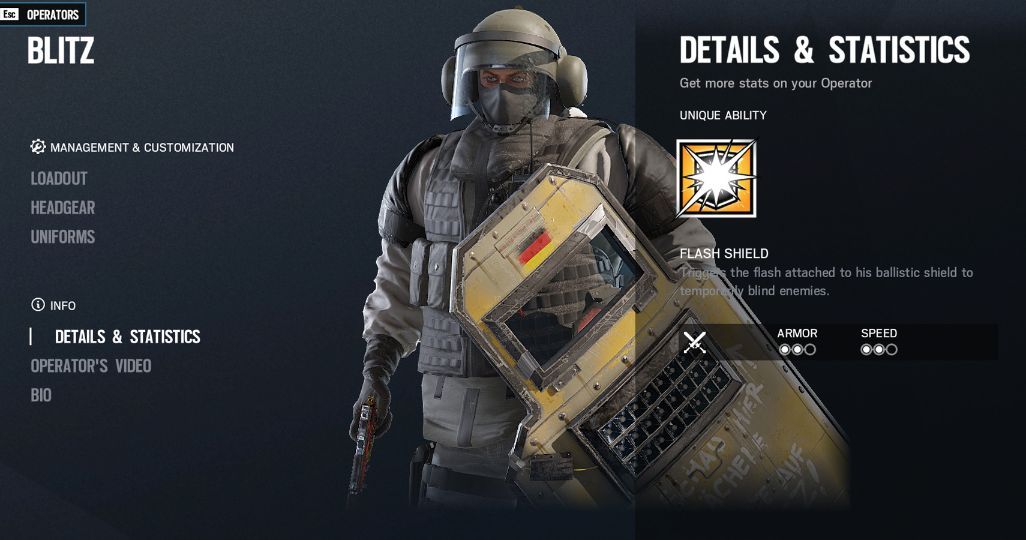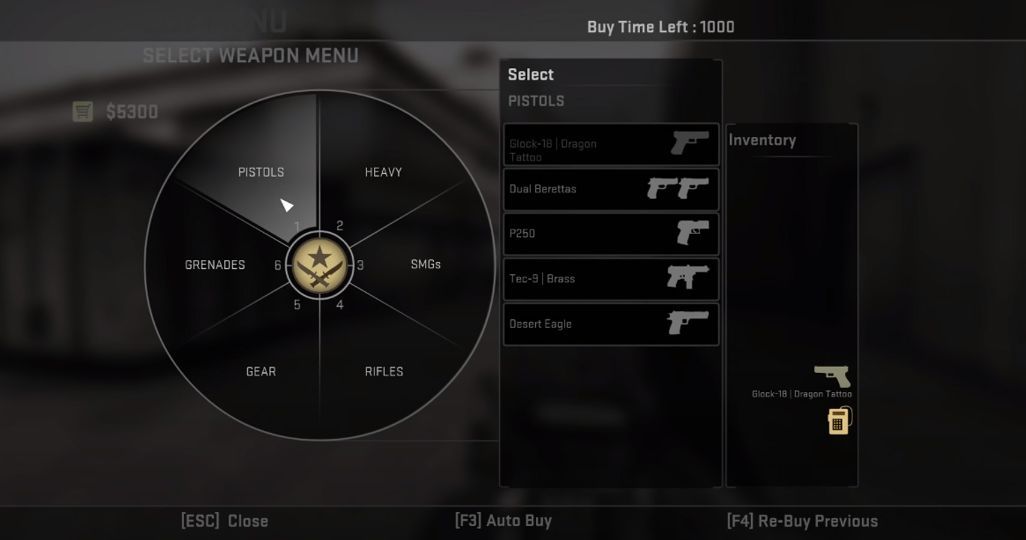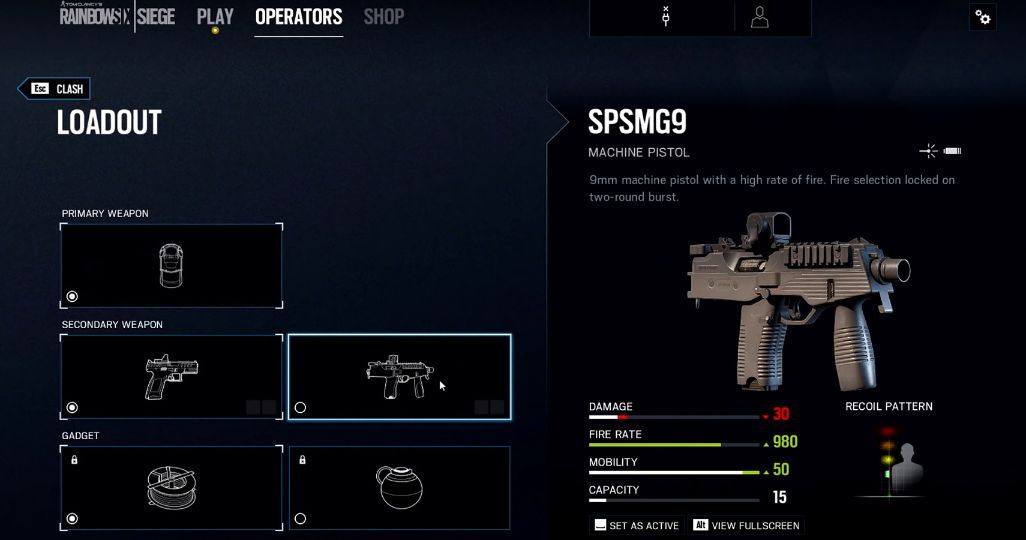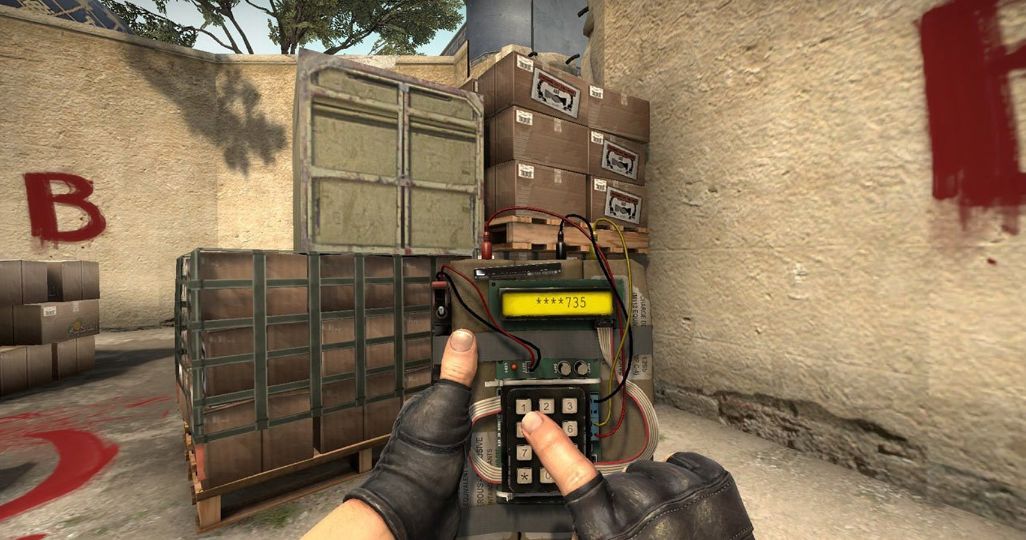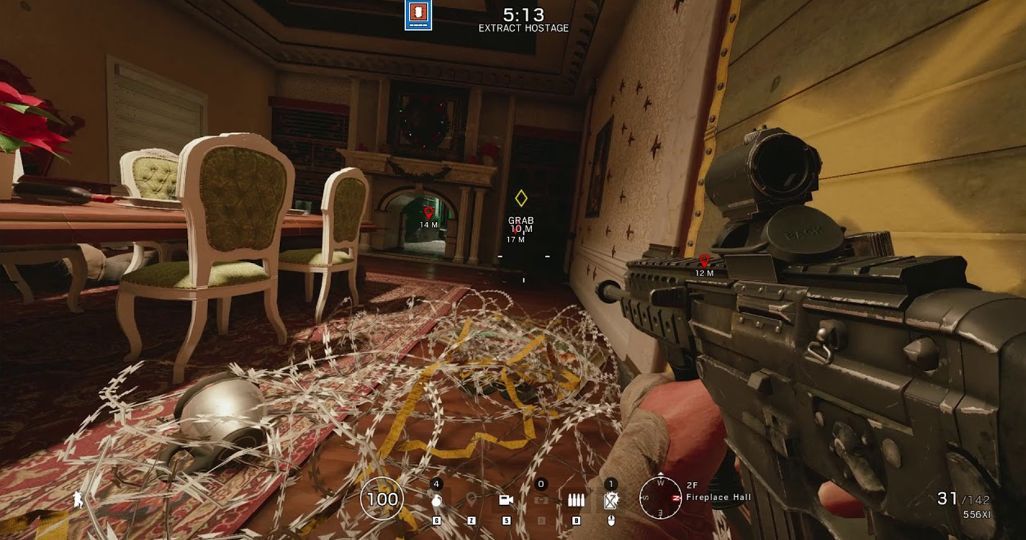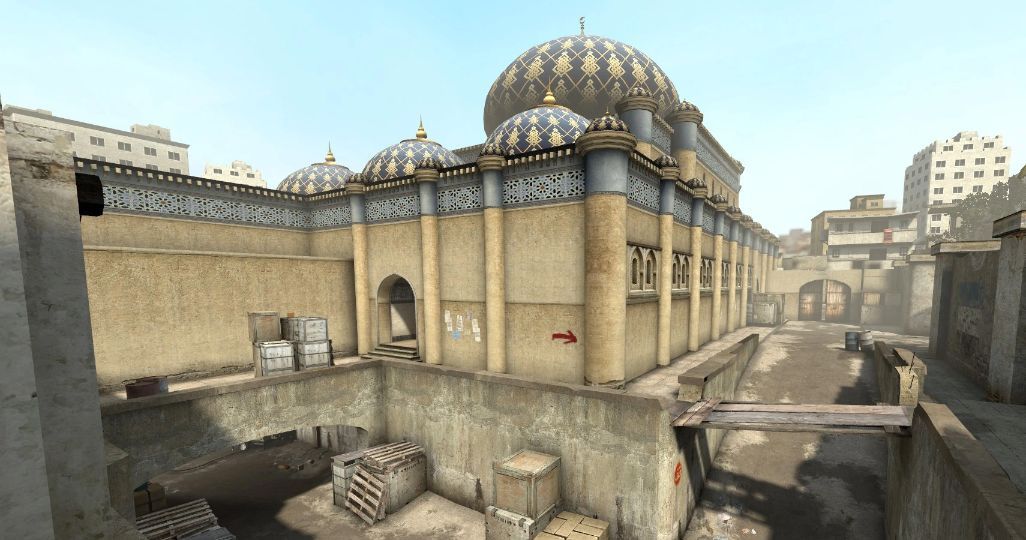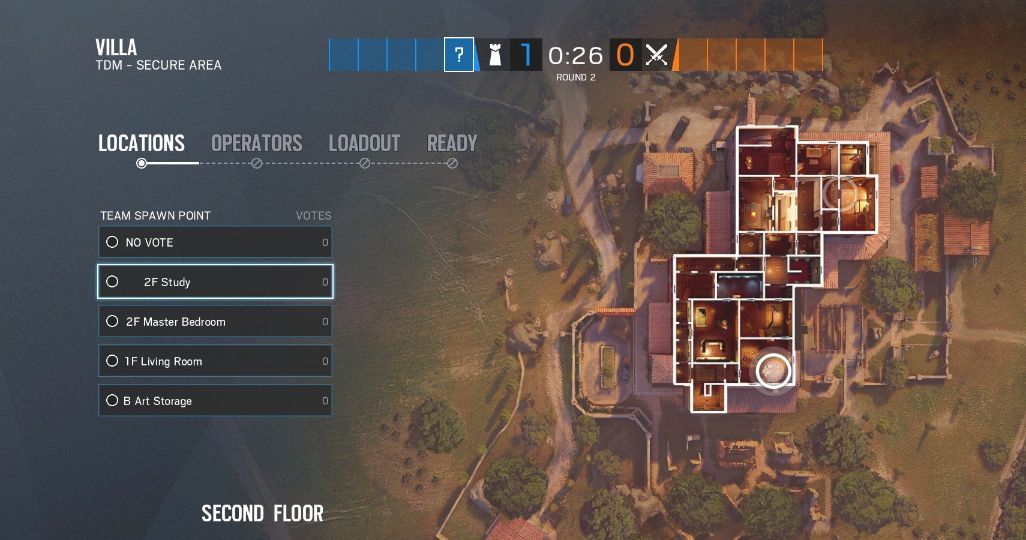Outside of MOBAs, it's tactical first-person shooters (FPS) that give players that adrenaline rush of fighting fast-paced battles. Tactical FPSs demands players to think fast and act fast: not studying the map or forgetting to reload at the right time can cost the entire match. And in terms of modern tactical FPS, two games stand at the top, namely Counter-Strike: Global Offensive (CS:GO) and Rainbow Six: Siege.
Both titles share almost the same theme and mechanics. Fans know Counter-Strike has a more straightforward approach to team matches, while Rainbow Six loyalists enjoy the tactical variety the series provides in their multiplayer skirmishes. What exactly does Counter-Strike: Global Offensive get right with tactical FPS? Moreover, how does Rainbow Six level the playing field?
10 Counter-Strike: Builds You From The Ground Up
Counter-Strike offers a massive adrenaline rush every match as all players start with no equipment. This feeling might be familiar to MOBA fans, as it's that same "from scratch" appeal that encourages players to mix and match their weapons and play styles. Moreover, this "caveat" makes Counter-Strike a skill-based game.
No match feels the same thanks to this element, regardless of how many times you play on the same map. Moreover, one build won't perform the same in two matches, especially if you play with different gamers. This feeling of randomness makes every game refreshingly new.
9 Rainbow Six: Siege: Demands Tactical Prowess
Rainbow-Six: Siege ups the ante of that MOBA appeal with Operators. When players enter a match, they "pick" an Operator to play aside from their chosen loadout. These Operators possess special maneuvers, which effectively adds massive tactical implications to every game.
Siege currently offers more than 50 Operators, split into Attackers and Defenders. Some Operators can incapacitate opponents with special grenades and ammunition, while others can protect the team with shields and gadgets. Thanks to weapon customization, no two players can choose an Operator and play the same way. As a game that relies on team mechanics, the existence of Operators demands players to strategize their playstyle more carefully.
8 Counter-Strike: Fun Yet Skill-Based
Gamers love playing tactical FPS as they are heavily skill-based. Players can't just choose their weapons willy-nilly, as the wrong loadout can be fatal for the whole team. Thankfully, Counter-Strike leaves players with a ton of opportunity to improve their skills as CS:GO retains its simple core mechanic.
Each Counter-Strike game has the same win conditions: Matches end if either side ends up eliminated, the bomb gets detonated (by Terrorists), or the bomb gets defused (by Counter-Terrorists). This simple premise leaves players with a lot of approaches in each playthrough, which inevitably leads up to experimenting with different playstyles. The franchise does feature other game modes such as Hostage, but it's Defuse that became a fan favorite.
7 Rainbow Six: Siege: Operator Skills
In speaking of playstyles, Rainbow Six: Siege encourages experimenting not just with weapon loadout but Operator skills themselves. Operators get advantages and disadvantages depending on their unique abilities, which can impose challenges to players using them.
For instance, shield-based characters often walk slower than others, while Operators with remote-controlled gadgets are left vulnerable when using them. Gone are the days of FPS players confined into assault or sniper roles. Teams now have to adjust their strategies depending on how they want to use their respective Operators.
6 Counter-Strike: Builds Loadout Throughout The Match
Counter-Strike: Global Offensive brings the beloved Counter-Strike series onto modern platforms. Aside from being faithful to its multiplayer premise, it also retains its popular Buy Menu.
Thanks to the Buy Menu, players always have to prepare their loadout from scratch. Players earn credits they can spend in the Buy Menu by performing in the match, which means the leading team will usually get to customize their weapons first. This caveat gives players equal ground in the game as they all start with no equipment.
5 Rainbow Six: Siege: Weapon Customizability
Rainbow-Six: Siege gives players more opportunities to customize their loadout even before matches. Moreover, since they can choose a unique Operator per session, players get encouraged to build the perfect loadout for their Operators of choice.
Players being able to carry more weapons and accessories in-game gives them massive tactical opportunities in the match. Not to mention, the game offers players that "specs-ops feel" as they can tinker with their weapons with accessories even before they engage in missions.
4 Counter-Strike: Replayability
Counter-Strike's simple premise offers a lot of replayability to players. Thanks to the fast nature of loading and defusing bombs in the game, matches can end quickly, and players can go back to trying a new loadout.
The fast-paced nature of this game lets players focus more on having fun than merely sticking to the objective. Moreover, the game offers personalization options with in-game purchases allowing them to attach skins to their weapons and unique clothing to their characters. Having customization options for character clothing and weapon appearances can help players have more reasons to go back to the game. After all, it feels fantastic to win and look stylish at the same time.
3 Rainbow Six: Siege: Dynamic Game Modes
Most FPS titles have different game modes to provide players with a wide variety of gameplay options alongside its maps. Rainbow Six: Siege follows the same convention - except their slate of game modes seem straight out of military simulations.
Consistent with its theme, the game offers multiplayer modes with a real-life military spin. The game has Secure Area (capture the flag, or in this case, "capture the biochemical weapon"), Hostage (hostage extraction), Bomb (like CS:GO), Tactical Realism (no HUD), and Terrorist Hunt. Each game mode forces players to explore the full extent of their Operators' abilities alongside their creativity with customizing their loadout.
2 Counter-Strike: Timeless Maps
Anyone who's had a great Counter-Strike experience will likely attach the game to a familiar desert map. Moreover, many Counter-Strike fans will probably remember the iconic De-Dust map and its successor, De-Dust 2. This map, alongside many others, demonstrate CS:GO and its slate of fun-to-play environments.
Moreover, a huge selling point of Counter-Strike is its slate of simple maps with many chokepoints. De-Dust remains popular due to its many tunnels and hidden corners, forcing players to be more alert as enemies might be coming from anywhere. Most of CS:GO maps offer the same experience, which explains why a lot of fans love playing with the same map almost every day. The simplicity of these maps means players have to think more carefully about their loadout, which can lead to enjoyable and exciting encounters.
1 Rainbow Six: Siege: Unique Squad Experience
Strategy-inclined players will love the extra features offered by Rainbow Six: Siege. The overview mode of its game maps before matches adds a "specs-ops" feel that gives players the vibe that they're agents in real life. Each game map offers not just various points of ingress and egress, but they can "play" with the environment itself.
One of the game's main selling points is its "fully-destructible" environments, which adds a lot of tactical opportunities for teams. This feature, combined with the planning stage before matches, enables teams to plan on how to use their Operator skills and their environment to their advantage.

